I use mostly ggplot2 for visualizations. Typically, I design the plot
interactively (i.e. raw ggplot2 code that uses NSE) but in the end, I
frequently end up wrapping up that code into a function that receives
the data and variables to plot. And this is always a little bit of a
nightmare.
So, the typical situations looks like this. I have some data and I
create a plot for it (in this case, a very very simple example, using
the mpg dataset that comes with ggplot2).
library(ggplot2)
data(mpg)
ggplot(data = mpg,
mapping = aes(x = class, y = hwy)) +
geom_boxplot() +
geom_jitter(alpha = 0.1, color = "blue")
And when I finish designing the plot, I typically want to use it for
different variables or data, etc. So I create a function that receives
the data and variables for the plot as arguments. But due to NSE, it is
not as easy as to write function header and then copy/paste and replace
variables for function arguments. That would not work, as shown below.
mpg <- mpg
plotfn <- function(data, xvar, yvar){
ggplot(data = data,
mapping = aes(x = xvar, y = yvar)) +
geom_boxplot() +
geom_jitter(alpha = 0.1, color = "blue")
}
plotfn(mpg, class, hwy) # Can't find object
## Don't know how to automatically pick scale for object of type function. Defaulting to continuous.
## Warning: restarting interrupted promise evaluation
## Error in eval(expr, envir, enclos): object 'hwy' not found
plotfn(mpg, "class", "hwy") #

So I have to go back and fix the code, for example, using aes_string
intead of the aes that uses NSE (in this example it is rather easy, but
for more complicated plots, with lots of transformations and layers,
this becomes a nightmare).
plotfn <- function(data, xvar, yvar){
ggplot(data = data,
mapping = aes_string(x = xvar, y = yvar)) +
geom_boxplot() +
geom_jitter(alpha = 0.1, color = "blue")
}
plotfn(mpg, "class", "hwy") # Now this works

And the thing is that I find very convenient NSE and also lazyeval. So
I like to do something like this.
mpg <- mpg
plotfn <- function(data, xvar, yvar){
data_gd <- data.frame(
xvar = lazyeval::lazy_eval(substitute(xvar), data = data),
yvar = lazyeval::lazy_eval(substitute(yvar), data = data))
ggplot(data = data_gd,
mapping = aes(x = xvar, y = yvar)) +
geom_boxplot() +
geom_jitter(alpha = 0.1, color = "blue")
}
plotfn(mpg, class, hwy) # Now this works
plotfn(mpg, "class", "hwy") # This still works
plotfn(NULL, rep(letters[1:4], 250), 1:100) # And even this crazyness works
This gives my plot function a lot of flexibility. For example, you can
pass quoted or unquoted variable names and even the data directly
instead of a variable name (kind of abusing of lazy evaluation).
But this has a huge problem. The function cannot be used programmatically.
dynamically_changing_xvar <- "class"
plotfn(mpg, dynamically_changing_xvar, hwy)
## Error in eval(expr, envir, enclos): object 'dynamically_changing_xvar' not found
# This does not work, because it never finds the object
# dynamically_changing_xvar in the data, and it does not get evaluated to
# obtain the variable name (class)
So I cannot use loops (e.g. lapply) to produce the same plot for different combinations of variables, or data.
So I thought to abuse even more of lazy, standard and non-standard
evaluation, and try to combine them all so I have both, the flexibility
shown above and the ability to use the function programmatically.
Basically, what I do is to use tryCatch to first lazy_eval the
expression for each variable and if it fails, to evaluate the parsed
expression.
plotfn <- function(data, xvar, yvar){
data_gd <- NULL
data_gd$xvar <- tryCatch(
expr = lazyeval::lazy_eval(substitute(xvar), data = data),
error = function(e) eval(envir = data, expr = parse(text=xvar))
)
data_gd$yvar <- tryCatch(
expr = lazyeval::lazy_eval(substitute(yvar), data = data),
error = function(e) eval(envir = data, expr = parse(text=yvar))
)
ggplot(data = as.data.frame(data_gd),
mapping = aes(x = xvar, y = yvar)) +
geom_boxplot() +
geom_jitter(alpha = 0.1, color = "blue")
}
plotfn(mpg, class, hwy) # Now this works, again
plotfn(mpg, "class", "hwy") # This still works, again

plotfn(NULL, rep(letters[1:4], 250), 1:100) # And this crazyness still works

# And now, I can also pass a local variable to the function, that contains
# the name of the variable that I want to plot
dynamically_changing_xvar <- "class"
plotfn(mpg, dynamically_changing_xvar, hwy)

So, in addition to the aforementioned flexibility, now I can use
one-liner or so, to produce many of the same plot, with different
variables (or data).
lapply(c("class", "fl", "drv"), FUN = plotfn, yvar = hwy, data = mpg)
## [[1]]

##
## [[2]]

##
## [[3]]
Even though it is very practical, I suspect this is not good practice. But
how bad practice it is? That's my key question. What other alternatives
can I use to have the best of both worlds?
Of course, I can see this pattern can create problems. For example.
# If I have a variable in the global environment that contains the variable
# I want to plot, but whose name is in the data passed to the function,
# then it will use the name of the variable and not its content
drv <- "class"
plotfn(mpg, drv, hwy) # Here xvar on the plot is drv and not class
And some (many?) other problems. But it seems to me that the benefits in terms
of syntax-flexibility outweigh those other issues. Any thoughts on this?